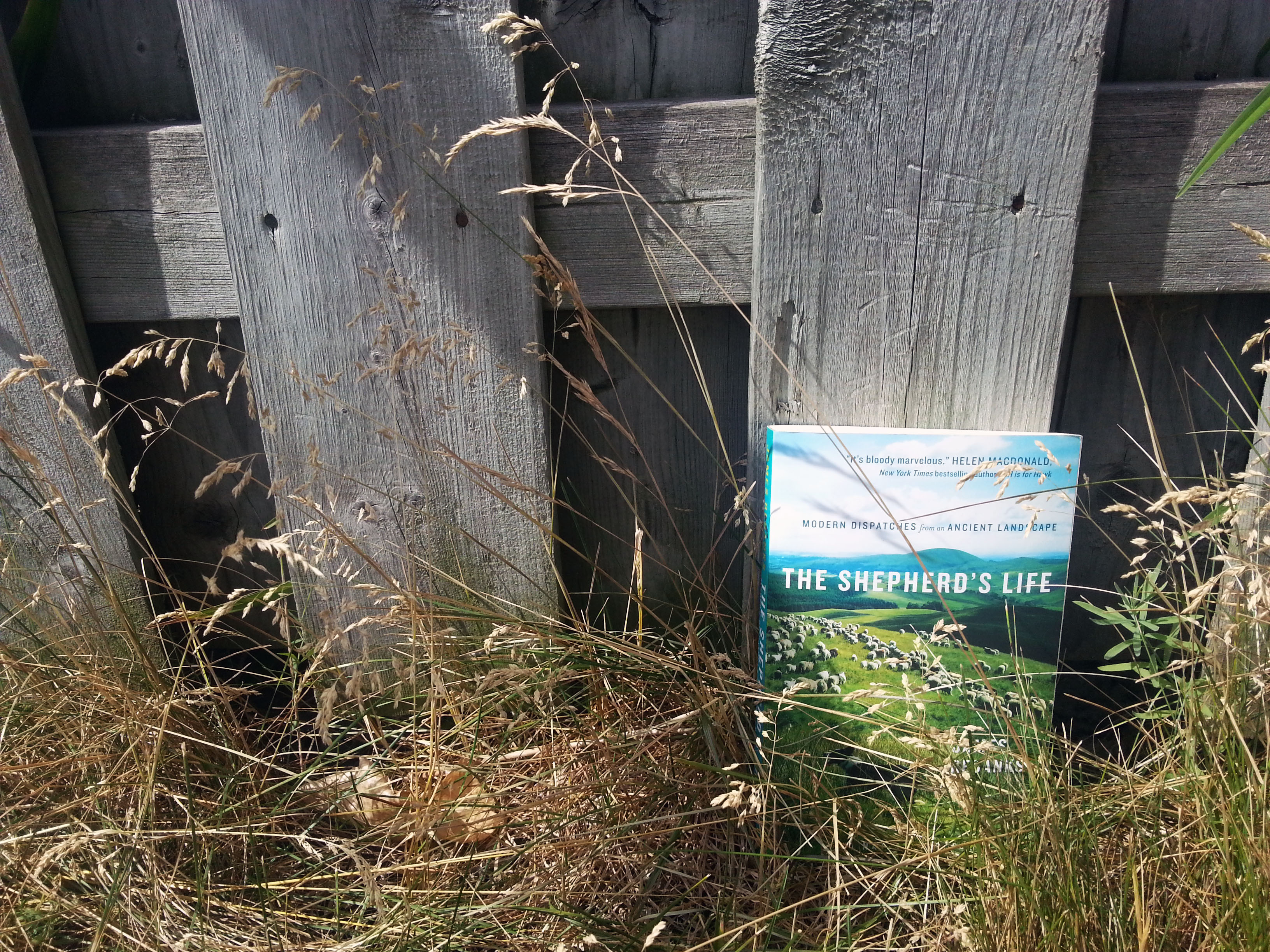I first heard about James Rebanks through his Twitter account @herdyshepherd1 which features beautiful photos of his flock and brought the rural Lake District of England into my daily life.
The Shepherd’s Life is Rebanks’ first novel, a memoir told in seasons, capturing the traditional farming lifestyle he was born and raised into. His story and sense of place really captured my imagination and made me want to reconnect with the rural atmosphere where I live, tragically becoming one of the tourists which he writes about with amusement and frustration.
The Lake District has been a centerpiece for literature for decades. Popularized by the writings of Wordsworth, Coleridge, and the rest of the Lake Poets, it is the pastoral landscape to many. Not to mention, further influence by Beatrix Potter who actually participated in the shepherding community as an owner of farms. Now Rebanks joins the list as the modern link in a chain which goes back for generations, documenting the beauty of the landscape with all of its trials versus the romantic depictions which it is known for.
Rebanks, who dropped out of high school and then later was accepted to Oxford, takes you through the clash of rural versus industrial life in the modern world. The financial implications of farming today led him to work in the city and travel back and forth on weekends to work on the farm throughout university and even to this day. Advances in technology allow him to take conference calls in his barn. “I understand… that our sense of belonging is all about participation. We belong because we are part of the work of this place,” he writes.
That sense of belonging through participation he captures so wholeheartedly with detailed explanations of the work that must be done on the farm and when, the breeds of his sheep, the terminology, the practice of sales and competition, and an insider’s knowledge of the shepherding community with all of its ancient bloodlines and farmers’ etiquette. The mass of the work makes you understand how much knowledge is required to properly run a farm, how decisions are vital to your very survival, and the exhaustion that comes with backbreaking work. He equates the shepherd’s relationship with the land and a tourist’s relationship to the land as different: the desire you feel when “you fancy a girl” is what brings tourists out, but it takes the level of love accomplished in a 20-year marriage to be a farmer.
The choice for our wider society is not whether we farm, but how we farm. Do we want a countryside that is entirely shaped with industrial-scale, cheap food productions with some little islands of wilderness dotted in amongst it, or do we, at least in some places, also value the traditional landscape as shaped by traditional family farms?
His love of the Lake District shines through on each page, and it is impossible to not become invested in the survival of his flock through the winter, to feel the joy of a prize tup being born, and mourn the tragedy of good ewes succumbing to disease and crows. All of which can happen as suddenly as a change in the weather, which is why Rebanks’ documentation of his day-to-day farming has found a real audience on Twitter. A platform which has been scoffed at for bringing unnecessary and boring updates of people’s lives, really shines for a lifestyle which has often been outside the public eye. Reading The Shepherd’s Life only makes his tweets more interesting, as you see the work documented in his book play out in real time. I may never have been to the Lake District but I am now firmly invested in seeing it and its community prosper.

